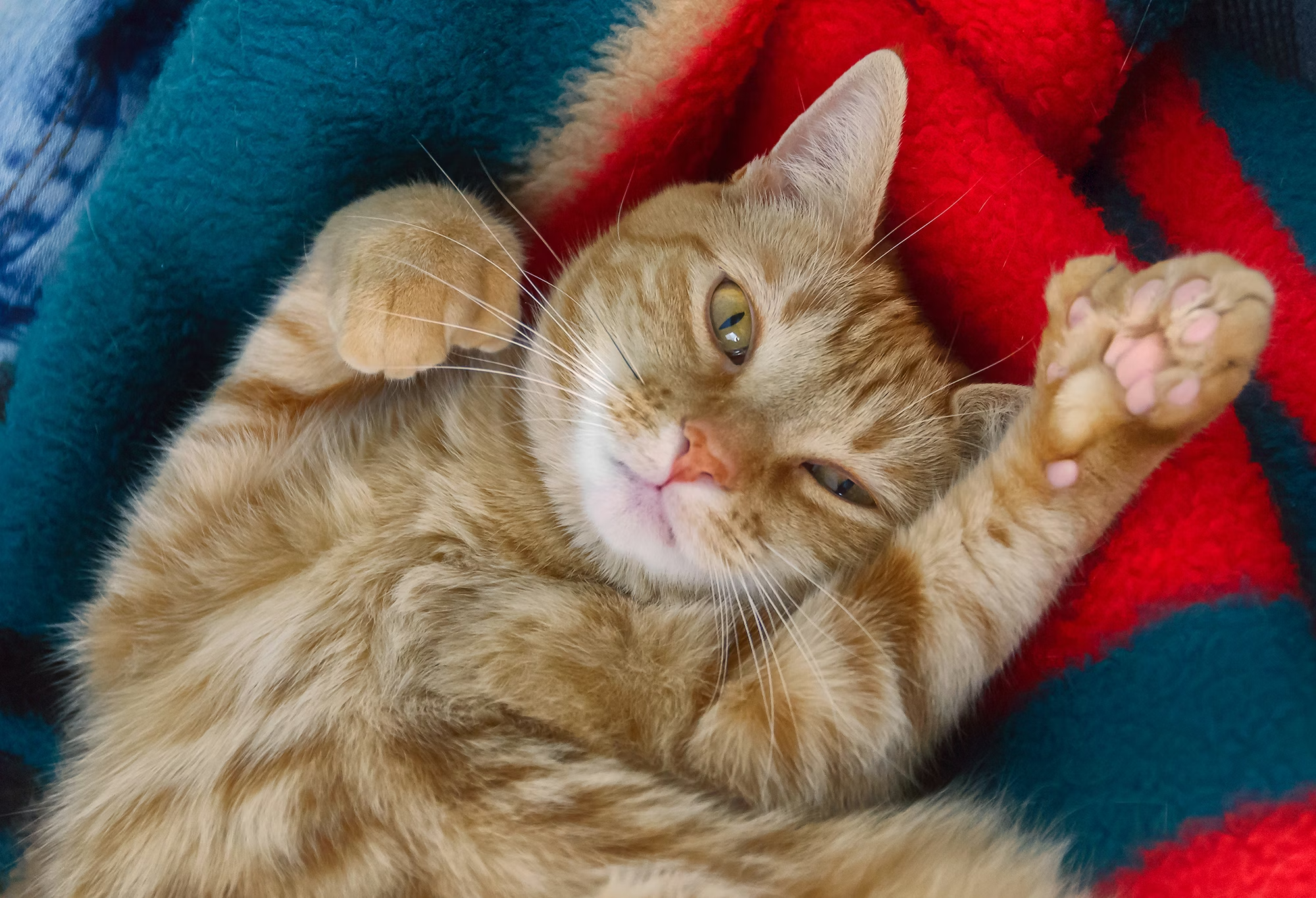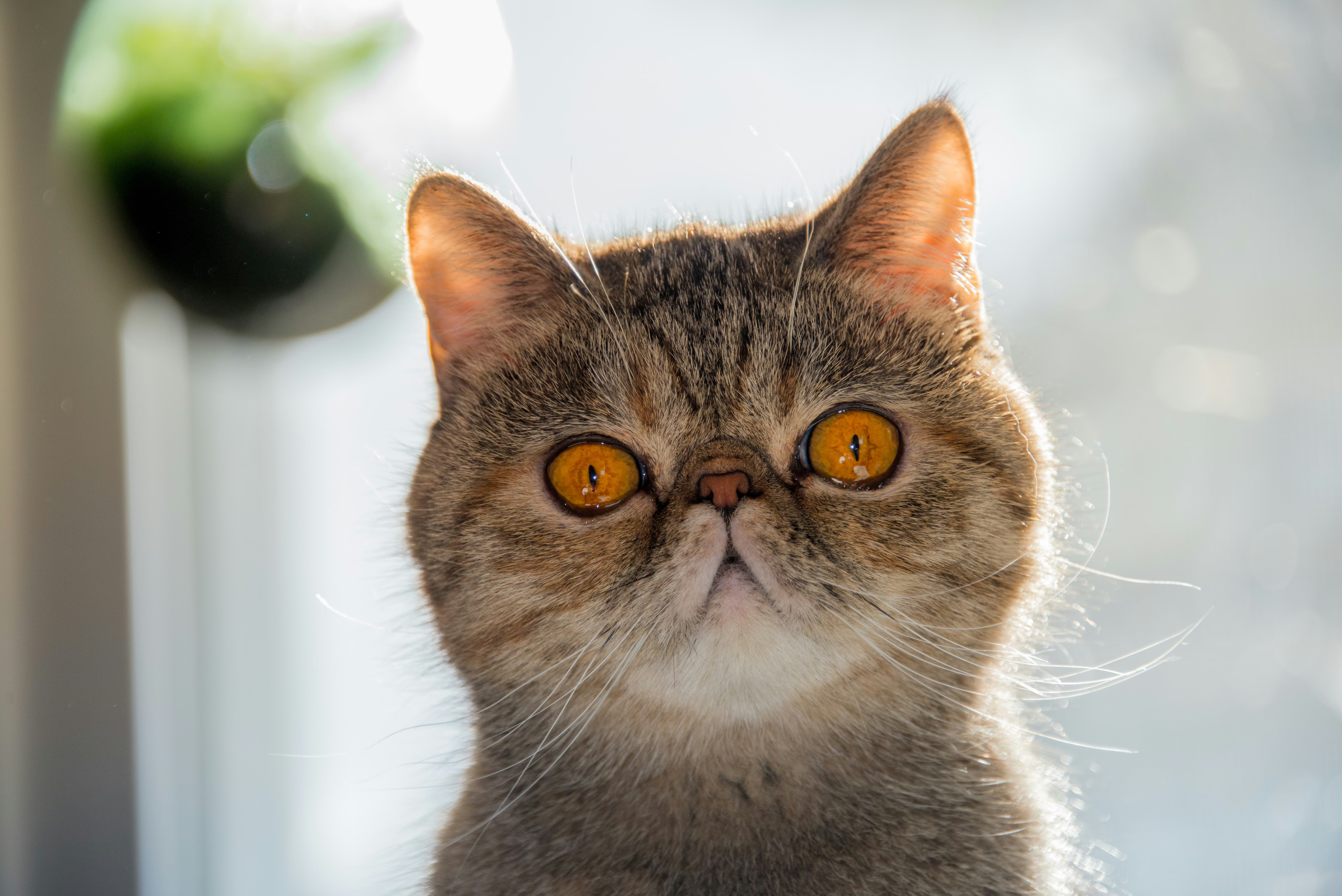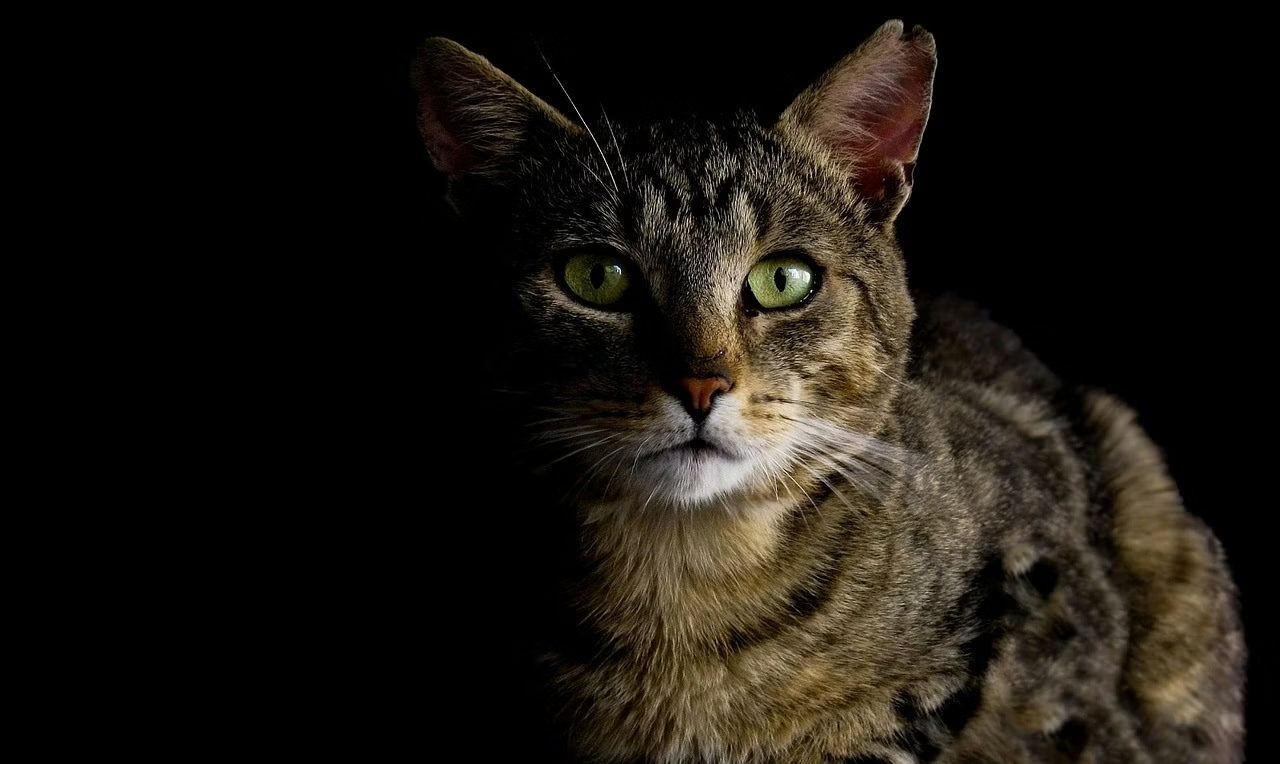Polydactyly is the scientific name for the genetic mutation that results in extra toes on various mammals, including humans, dogs, mice, sheep, horses, and—most widely recognized —cats. Perhaps because the term polydactyl is a mouthful, these cats go by several nicknames. Many people know them as Hemingway cats, thanks to writer Ernest Hemingway’s love of these generously-toed felines. Others refer to them descriptively as "mitten cats," "boxing cats," or "snowshoe cats." But, regardless of what you choose to call them, there’s one thing almost everyone can agree on: polydactyl cats are a sight to see.
How do polydactyl cats differ?
Typically, cats have four toes on their back paws and five (including their dew claws) on their front paws. A cat that has more than that on any paw is polydactyl. Some may have one extra digit on a single paw, while others may have multiple extra toes on one or more (or all!) paws. The placement of the extra toes determines what type of polydactyly a cat has. Cats with extra toes on the inside of their paw, which give the visual impression of having thumbs, have pre-axial polydactyly, while those with extra toes on the outside of the paw have post-axial polydactyly.
What causes polydactyly?
Polydactyly is the result of a genetic mutation that’s passed down from a cat’s parents. Because it’s a dominant trait, only one copy of the gene is needed for the physical trait to be expressed. However, in true cat fashion, it’s not always that straight forward. That’s because, more specifically, the mutation is considered autosomal dominant with incomplete penetration and variable expression. Or put more simply, not every cat with the polydactyl mutation will go on to demonstrate the trait, and the ones that do will vary in how the trait is expressed. This is why you can see cats with extra toes only on one paw, ranging all the way to cats that have extra toes on all four paws! Of course, having two copies of a polydactyly variant will increase the chances of having extra toes.
Though many random-bred cats are polydactyl, only two purebred breeds are known to carry the trait. The first is the Maine Coon. These kitties may have historically benefitted from extra toes. After all, wider paws came in handy when traversing the snowy terrain in their native state. Today, some breeding programs seek to eliminate the polydactyly mutation while others lean into the trait.
The second breed that carries the polydactyly mutation is the Pixiebob. This newer breed, established in the mid-1990s, is the only one to allow polydactyly in the breed standard.
And then there’s the Highlander. Though not yet a fully recognized breed, these cats carry the polydactyly trait. However, it is not a desirable trait and is considered a disqualification in competitions.
Life with a polydactyl cat.
For the most part, polydactyly doesn’t impact a cat’s overall health or wellness. In fact, it may even give them superpowers. Extra toed cats have a reputation for having excellent balance and climbing abilities. So make sure you give your poly cat plenty of cat trees and options to show off their skills.
As far as their care, there are a few things to keep in mind. For starters, more toes mean more nails to trim. Keeping all their nails cut short will help prevent them from getting snagged or torn. Extra toes are also more likely to grow at odd angles or be prone to injury. So keep an eye on your cat’s feet and alert your veterinarian if you see any signs of ingrown nails, pain, discharge, or irritation around the footpad.
One final piece of advice: if you have a polydactyl cat, take pictures and share them often. There is no shortage of people who love seeing photos of these uniquely adorable kitties.




